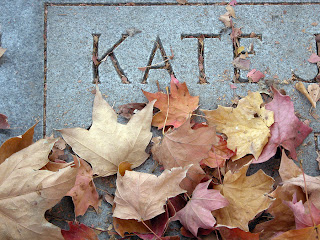Pets, their cemeteries and their tombstones
Some pet owners choose to have their deceased pets cremated
and others choose burial. Just like cemeteries for humans, pet cemeteries offer
pre-need options for pet owners. That way, there is no tension when the animal
passes away.
For many people, any burial offers closure. It gives them a
chance to remember their loved ones, let them “rest in peace,” and to begin the
next step of the journey of life.
All pet owners handle the death of their pet differently.
They can choose to utilize the services of a pet cemetery and have a burial ceremony
or can simply choose to have the pet buried without a ceremony. Each owner has
different preferences for their pet. If the animal is buried at a pet cemetery,
then pet owners will choose a monument to remember their pet. Often, these
monuments are smaller than a person’s headstone or other type of grave maker.
That is not always the case, however. The country’s oldest pet cemetery,
established in 1896 by a veterinarian, is located in Hartsdale, New York. For
reference, this is approximately a forty-five minute drive out of New York City. At that cemetery, there is a large (10’x10’) canine mausoleum that
dates back to the early twentieth century.
Just like many human gravestones, many pet monuments can
have an interesting design. Decorations may be a ceramic portrait or an etched
paw print. Some pet owners at Hartsdale’s pet cemetery choose to include an
epitaph on the grave marker. There are a number of standard epitaphs for pets.
Some deal with loyalty and others deal with God and heaven.

